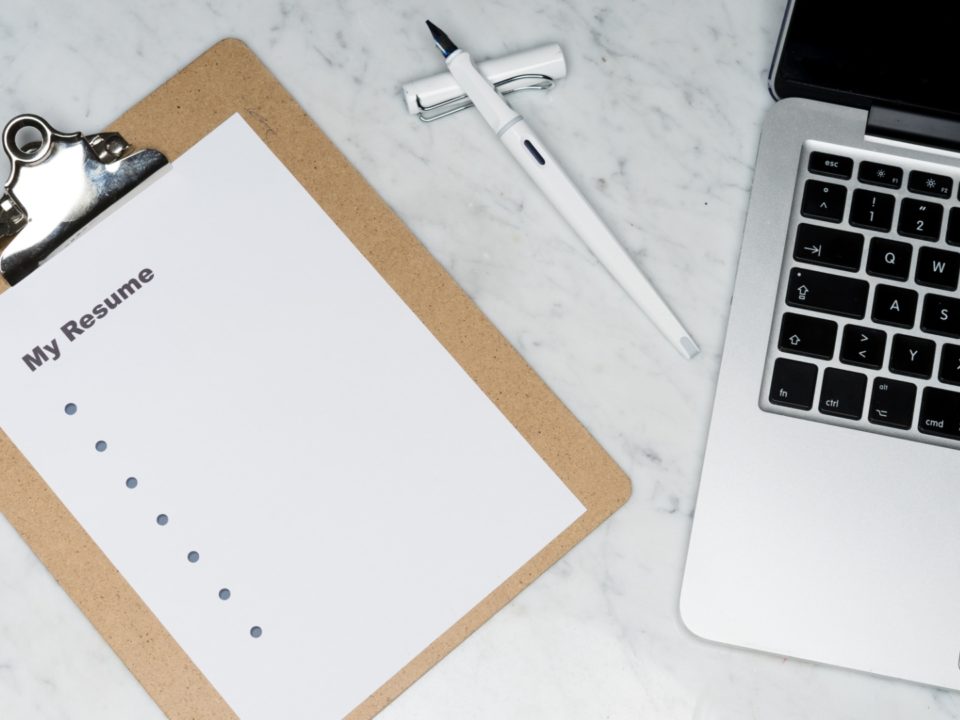The Interview

Your Appearance Counts
In order to make a good impression, “business casual” attire is always a good idea. For example, khakis and a neat polo shirt. Moderation is key when thinking through what to wear. No jeans, shorts, tank tops, crop tops, low-cut tops or short skirts, extreme hair styles/colors, spike heels, platforms, flip flops or old dirty sneakers. Instead strive for a well-groomed look that your “grandmother would approve of”.
Be Prepared
Bring the information you’ll need to fill out an application (see sample):
- List of schools and dates attended
- Names and addresses of previous employers, if you have prior work experience
- Dates of employment
- References (can be neighbors, teachers, coaches or youth leaders)
- Resume (bring extra copies)
Know what days/hours you are available to work.
You Can Do It!
Be prepared for a brief, on-the-spot interview. Keep your cell phone in the car during an interview to prevent the temptation to check messages. Your prospective employer will want to know he has your undivided attention. Be sure to be on time, smile, make eye contact, speak clearly, shake hands and say the name of the interviewer. Being ready with an answer as to why you want to work there. Be prepared to highlight your strengths and skills. These things will help you present yourself with confidence.
An important step in the process is to follow up with prospective employers with whom you have spoken. An employer may only consider those who are really serious about wanting the job. At the close of your interview, ask when the best time would be to follow up with them, then do so at the specified time with the same person, rather than leaving a message or going through someone else.
Be prepared for rejection, which will assuredly happen as you patiently wait for the job that’s right for you. Don’t hesitate to ask if you can leave a copy of your resume should they need someone in the future.
When you land the right job, you will be asked to fill out Federal and State W-4 forms, and an I-9 form which is used to verify the identity and employment eligibility of all new employees before working in the United States. W-4 forms are used by employers to determine the correct amount of taxes to withhold from your paycheck. Accurately filling out these forms can avoid having a big tax bill at the end of the year as well as prevent you from overpaying your taxes, thus putting more money in your pocket throughout the year. The more allowances you claim on the forms, the less money your employer will deduct for taxes.
The best way to keep a job is to be prepared to work. Remain flexible – avoid telling your supervisor when you want to work and what you do and don’t prefer to do on the job. Ultimately, most employers will allow employees to be off on Sundays to attend church, but it’s not wise to request time off to go do a fun activity as this may shorten the lifespan of your job. Not wanting to do a job because it isn’t much fun or even boring will also become a problem. Use the experience as an opportunity to determine what you do and don’t enjoy doing for future reference.
If, after working the job for a time, you realize it isn’t a good fit, be honest with your supervisor about your concerns. If your situation cannot be negotiated with the company, then be sure to provide a two-week notice before leaving your job. This will enable you to leave on good terms, thus increasing the probability of your employer even giving you a favorable job reference in the future.
More information can be found at thebalancecareers.com/student-job-interview.




